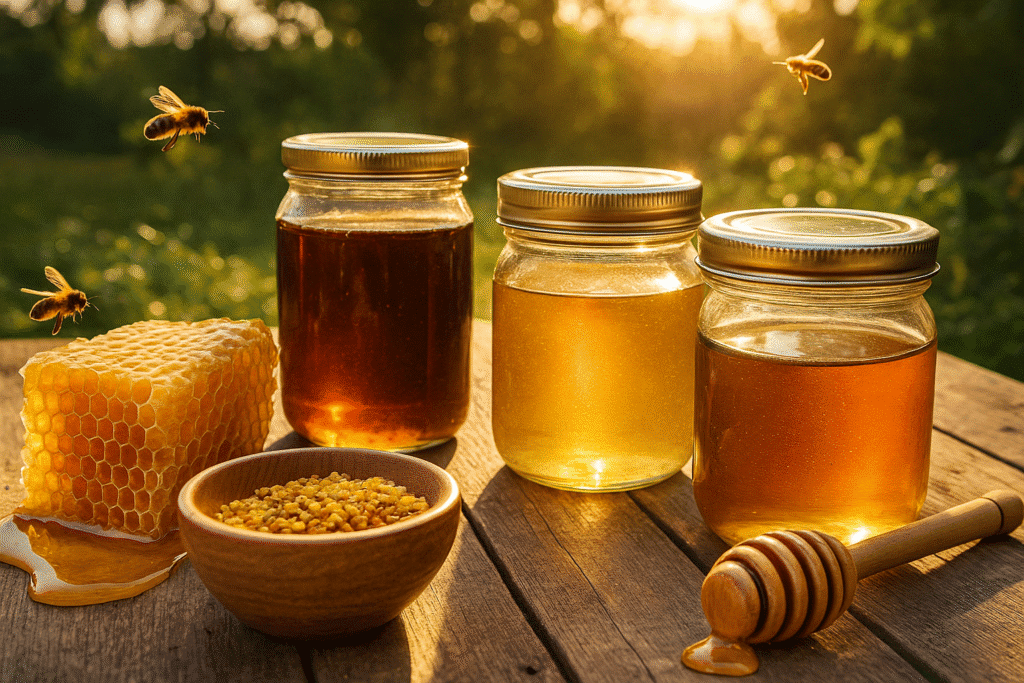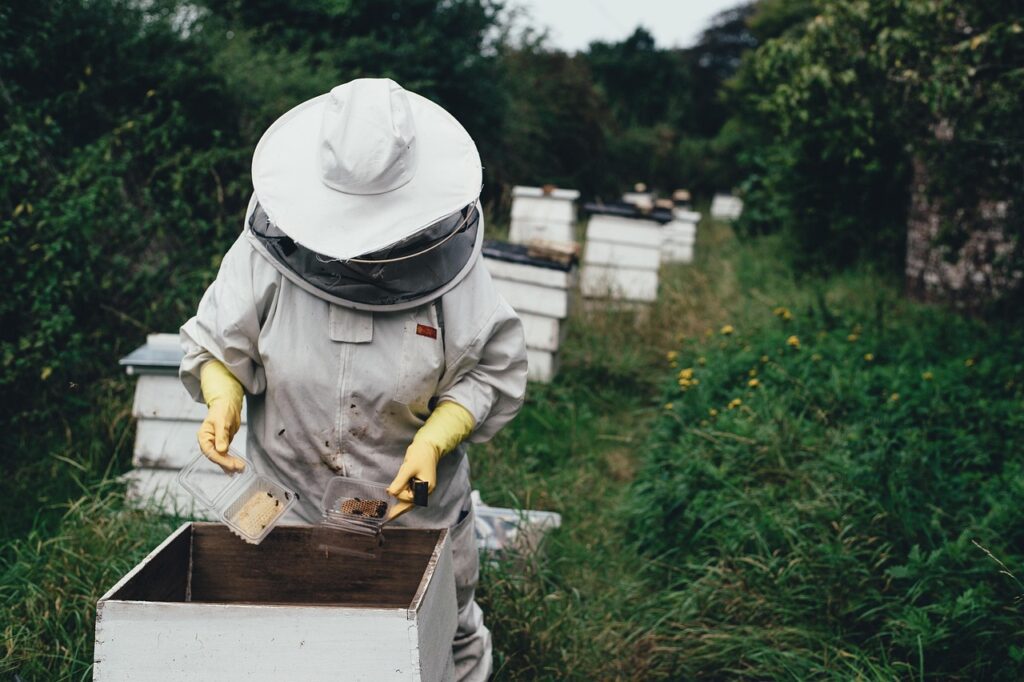Once I started paying closer attention to what food really does in the body, I realized not all sugar is the same. Refined sugar and corn syrup? Empty calories that mess with your energy and leave you feeling worse. Honey is different. It’s one of the few sweet things nature gives us in its whole form, and when it’s raw and clean, it comes with a bunch of compounds that actually work for your health instead of against it.
Quick note: Some of the links in this post are affiliate links. As an Amazon Associate I earn from qualifying purchases. These are products I personally use and support, and sharing them here helps keep Paleo Palette running at no extra cost to you.

Why I Love Honey
Honey isn’t just something sweet you toss in tea. It’s loaded with antioxidants, enzymes, and trace minerals. Modern research shows it has over 200 compounds that do more than just taste good. For me, the benefits stand out:
- It feeds the good bacteria in your gut while helping keep the bad stuff down.
- It has natural antimicrobial effects, which is why it’s been used on wounds for centuries and still is today.
- The mix of glucose and fructose makes it an awesome source of quick, steady energy — athletes even use it instead of processed gels.
- It can calm a cough or sore throat. Honestly, a spoonful of raw honey often works better than the stuff you find at the pharmacy.
Honey Has History
Humans have gone after honey for thousands of years. People risked bee stings, climbed tall trees, and did whatever it took to get it. That tells me honey was always more than a treat — it was fuel and medicine. When you taste the real thing, you get why. It feels alive and grounding, like something your body just knows what to do with.
What to Watch Out For
Here’s the downside: most honey you see at the store isn’t real honey anymore. A lot of it has been heated so much that the good enzymes and antioxidants are gone. Some brands even cut it with corn syrup or rice syrup, which completely defeats the purpose.
And then there’s glyphosate. Bees travel miles to collect nectar, and if they’re flying around sprayed crops, that pesticide can end up in the honey. Independent testing has shown traces of glyphosate in many big-name brands, which is why I always pay attention to where my honey comes from.
How I Choose Honey

I stick with raw, unpasteurized honey because that’s where the benefits live. Local honey is always a great option, and I like supporting small beekeepers who care about their land and bees. If I’m buying online, I look for organic or glyphosate-free certified honey. Specialty honeys like manuka or wildflower are also worth trying — each one has its own flavor and unique profile.
My go-to honey choices:
- Lineage Raw Honey (go-to all around)
- Nate’s Organic Raw Honey (a good, cheaper alternative)
- Manukora Raw Manuka Honey (best for wound healing)
How I Use Honey
Honey is still sugar, so I don’t go crazy with it. But when I do use it, it feels like real fuel.
- Raw milk with honey is hands down my favorite combo. It’s got carbs, protein, fat, and electrolytes all in one. Nothing hits recovery better after a workout.
- Smoothies — a spoonful blended with raw milk, collagen, frozen fruit, and an egg yolk makes them taste amazing and gives a huge nutrition boost.
- Pre-workout, I’ll take a little honey for quick energy that doesn’t mess with my stomach.
- Before bed, a teaspoon helps with sleep. It keeps blood sugar stable and refuels the liver, which helps me sleep deeper.
Finding the Balance
Honey is powerful, but it’s still sweet. The difference is that it’s sweet with benefits. Antioxidants, minerals, enzymes — things you’ll never get from table sugar. Used with intention, it’s not junk food, it’s part of a whole-food lifestyle that supports health.
If you’re going to sweeten your life, make it with honey. The real kind. Raw, glyphosate-free, straight from nature. It’s food, it’s medicine, and it’s a connection back to something humans have always valued.
Sources
Alvarez-Suarez, J. M., et al. Antioxidant and antimicrobial capacity of several monofloral Cuban honeys and their correlation with color, polyphenol content and other chemical compounds. Food and Chemical Toxicology, 2010.
[Read on PubMed → https://pubmed.ncbi.nlm.nih.gov/20558231/ ] PubMed
A Comprehensive Review of the Effect of Honey on Human Health (Palma-Morales et al., 2023). Nutrients / MDPI
[Read on PMC → https://pmc.ncbi.nlm.nih.gov/articles/PMC10346535/ ] PMC
Honey and its nutritional and anti-inflammatory value (Ranneh et al., 2021). PMC
[Read on PMC → https://pmc.ncbi.nlm.nih.gov/articles/PMC7807510/ ] PMC
The Composition and Biological Activity of Honey: A Focus on Manuka Honey (Alvarez-Suarez et al., 2014). Foods
[Read on PMC → https://pmc.ncbi.nlm.nih.gov/articles/PMC5302252/ ] PMC+1
Honey and Health: A Review of Recent Clinical Research (Samarghandian et al., 2017). Pharmacognosy Research
[Read on PMC → https://pmc.ncbi.nlm.nih.gov/articles/PMC5424551/ ] PMC

Leave a Reply